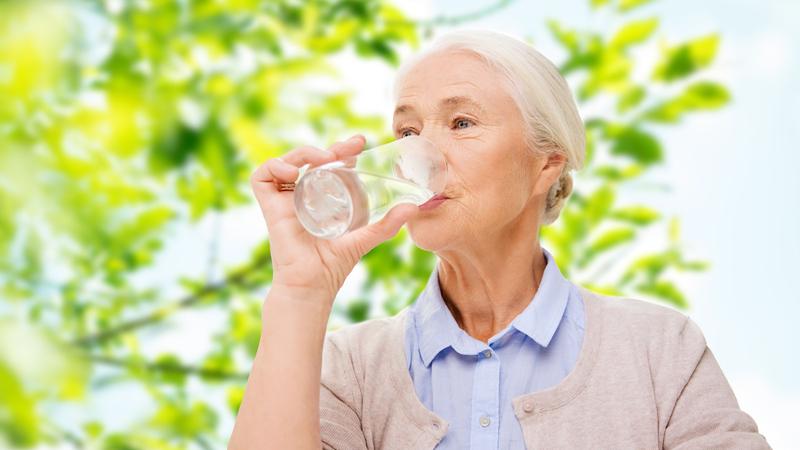Heat Stroke in Older Adults: Understanding the Risks and Staying Sun Smart
As summer approaches and temperatures rise, it’s important to be aware of the risks associated with heat stroke, particularly in older adults. Heat stroke is a serious condition that can have severe consequences for seniors, but with the right knowledge and precautions, it can be prevented.
Understanding Heat Stroke in Older Adults
Heat stroke occurs when the body’s core temperature rises to dangerous levels, usually above 40° Celsius. Older adults are more susceptible to heat stroke due to several factors, including:
- Decreased thermoregulation: As we age, our bodies become less efficient at regulating temperature, making older adults more vulnerable to heat-related illnesses.
- Chronic medical conditions: Seniors with chronic conditions such as heart disease, high blood pressure, or diabetes may have a reduced ability to cope with extreme heat.
- Medication use: Certain medications, including diuretics, antihistamines, and beta-blockers, can impair the body’s ability to cool itself down, increasing the risk of heat stroke.
Recognising the Symptoms of Heat Stroke
It is essential to be able to recognise the signs of heat stroke to initiate prompt treatment. Common symptoms include:
- High body temperature: A body temperature of 40° Celsius or higher is a significant indicator of heat stroke.
- Hot, dry skin: The skin may feel hot and dry to the touch, with no evidence of sweating.
- Headache and dizziness: Severe headaches, dizziness, confusion, and even fainting can be experienced by individuals as symptoms of heat stroke.
- Rapid heartbeat and breathing: An elevated heart rate and rapid, shallow breathing are common symptoms of heat stroke.
Sun Smart Tips to Prevent Heat Stroke
Protecting older adults from heat stroke requires adopting sun smart strategies. Here are some effective preventive measures:
- Stay hydrated: Encourage older adults to drink plenty of fluids, even if they don’t feel thirsty. Water, herbal teas, and fruit juices can help maintain hydration levels.
- Avoid peak sun hours: Limit outdoor activities during the hottest part of the day, usually between 10 a.m. and 4 p.m. If going outside is necessary, ensure they have access to shade.
- Dress appropriately: Recommend lightweight, loose-fitting clothing made of breathable fabrics such as cotton or linen. Hats and sunglasses can provide additional protection.
- Apply sunscreen: Use a broad-spectrum sunscreen with a high SPF (30 or above) and apply it generously to exposed skin, including the face, neck, and arms.
- Create a cool environment: Ensure that the living space is well-ventilated, use fans to circulate air and create a comfortable indoor temperature.
When to Seek Medical Help
In severe cases, heat stroke can be life-threatening. If you suspect someone is experiencing heat stroke, take immediate action:
- Call emergency services: Dial emergency services or seek medical attention right away.
- Move to a cooler place: Transfer the person to a shaded or air-conditioned area.
- Apply cool compresses: Use cool, wet cloths or towels to lower their body temperature until help arrives.
Heat stroke is a serious risk for older adults, but by taking preventive measures and staying sun smart, it can be avoided. Recognising the symptoms of heat stroke, staying hydrated, and protecting against excessive sun exposure are crucial steps in safeguarding the well-being of older adults during hot weather. Remember to follow these tips and keep a watchful eye on your loved ones to ensure a safe and enjoyable summer season.


